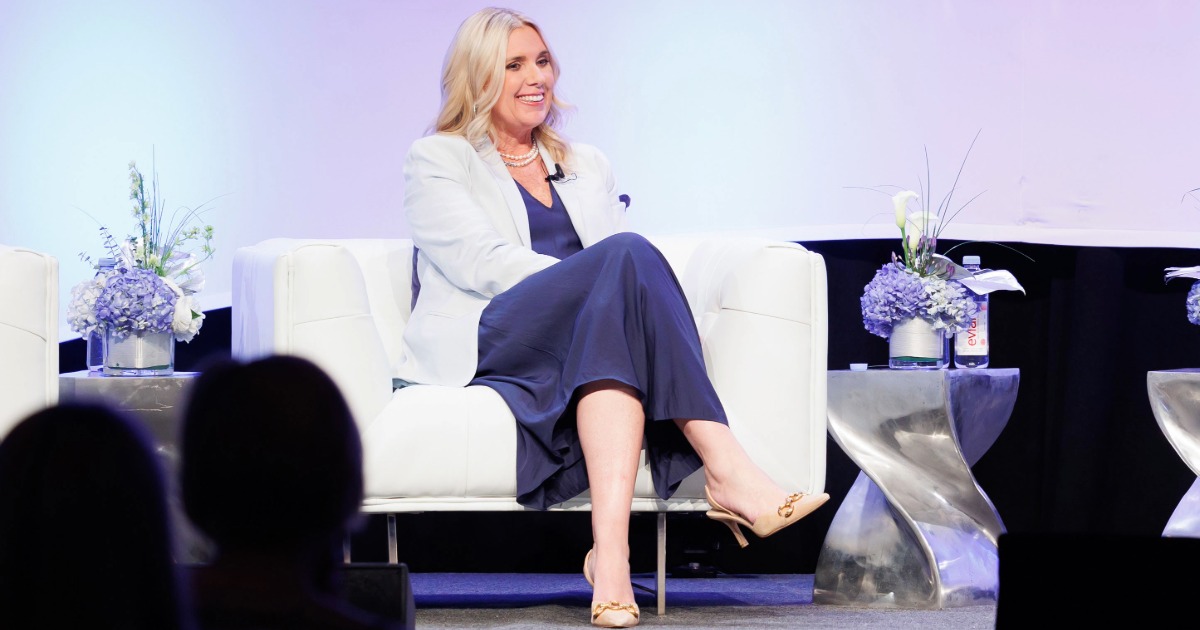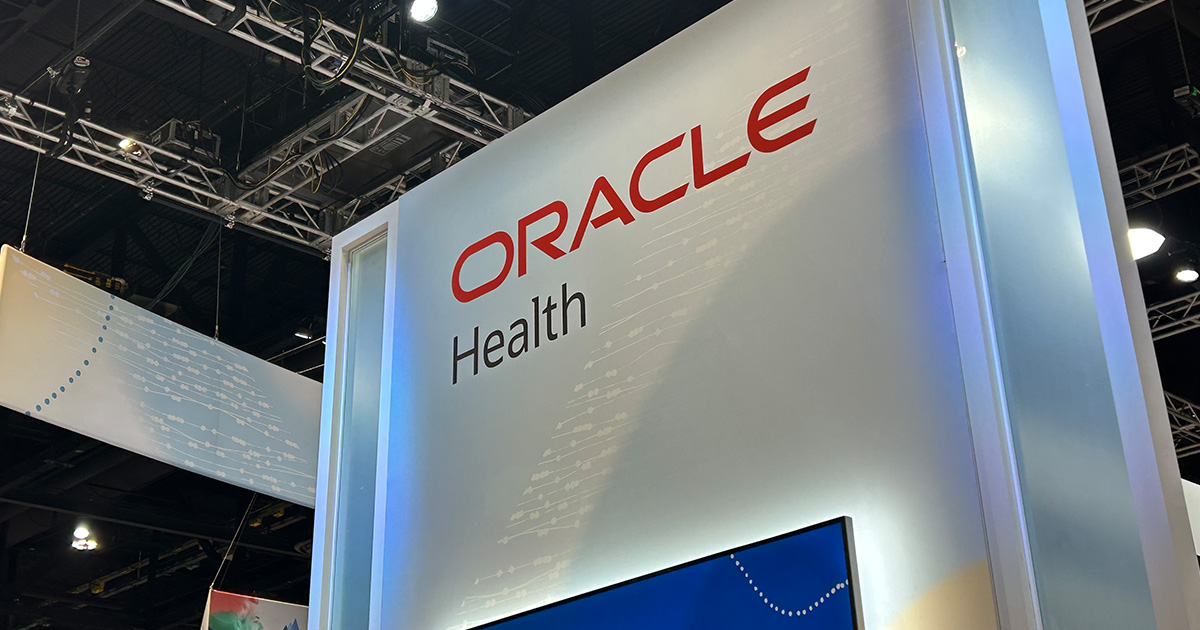
Samsung Electronics announced its agreement to acquire Xealth, a healthcare integration platform with a network of more than 500 U.S. hospitals, to create a link between home health monitoring and clinical decision-making.
WHY IT MATTERS
Customer health data measured by wellness tools and electronic health records are largely siloed. But connected care platforms that link wellness data patients collect with wearable devices and offer insights to clinicians right in their patient records systems promise a greater shift to preventative care.
"Customer health data from wearables can fill in context that is missing to hospitals and bring more data analysis possibilities that were not available just with clinical records," explained Mike McSherry, Xealth's CEO, in Samsung's announcement on Tuesday.
With a more complete picture of a patient's health, providers could better monitor patients and improve their decision-making, Samsung said.
While wearables, like its smartwatch and ring with health monitoring features, including sleep apnea detection, and its home device portfolio are central to Samsung's connected care vision, the company needed a way to integrate with health systems, according to TM Roh, president and acting head of the device experience division at Samsung.
"We believe the acquisition of Xealth, with its accumulated expertise and extensive healthcare network, will be an anchor to accelerate Samsung’s efforts to support health systems and digital health partners through a truly connected care," Roh said in a statement.
Xealth, which was first incubated in the Providence health system a decade ago and then launched in 2016, is a customizable patient engagement platform that gives health systems control over how they manage, filter and use data.
The acquisition is expected to close this year. Xealth's digital partners, which number more than 70, according to South Korea-based Samsung, will all gain access to the tech giant's platform.
THE LARGER TREND
Samsung has largely focused on intuitive mobile tech and wearables in the healthcare space.
While digital health innovations have led to improved patient care, coordination between wearables and remote patient monitoring devices and provider decision-making will make the hospital of the future a reality, according to Cherry Drulis, RN, director of healthcare mobile B2B at Samsung Electronics America.
"Mobile devices and wearables can harness the power of data in a meaningful way across the continuum of care, as long as they enhance rather than impede productivity, communications and, most important, patient care," she told Healthcare IT News last year.
In March, Aaron Sheedy, Xealth's chief operating officer, joined Advocate Health, the third-largest non-profit health system in the United States, at HIMSS25 to talk about a Fast Healthcare Interoperability Resources-enabled data integration with the provider's EHR that achieved a 30% lift in patient engagement.
Through the configuration of Xealth's platform, clinical information entered into Advocate's EHR triggers the send of relevant patient education information. The platform also gives Advocate's clinicians visibility into how patients are progressing through the interactions, and FHIR, which enables the two-way information exchange, also reduces IT lift, Sheedy said.
ON THE RECORD
"Xealth and Samsung share a common goal to advance the digital health space for truly connected care," McSherry said in a statement. "Together with Samsung and our network of healthcare leaders, we will design a bridge between home health monitoring and clinical decision-making, with provider workflow considerations and patient engagement at the core of that effort."
Andrea Fox is senior editor of Healthcare IT News.
Email: afox@himss.org
Healthcare IT News is a HIMSS Media publication.


